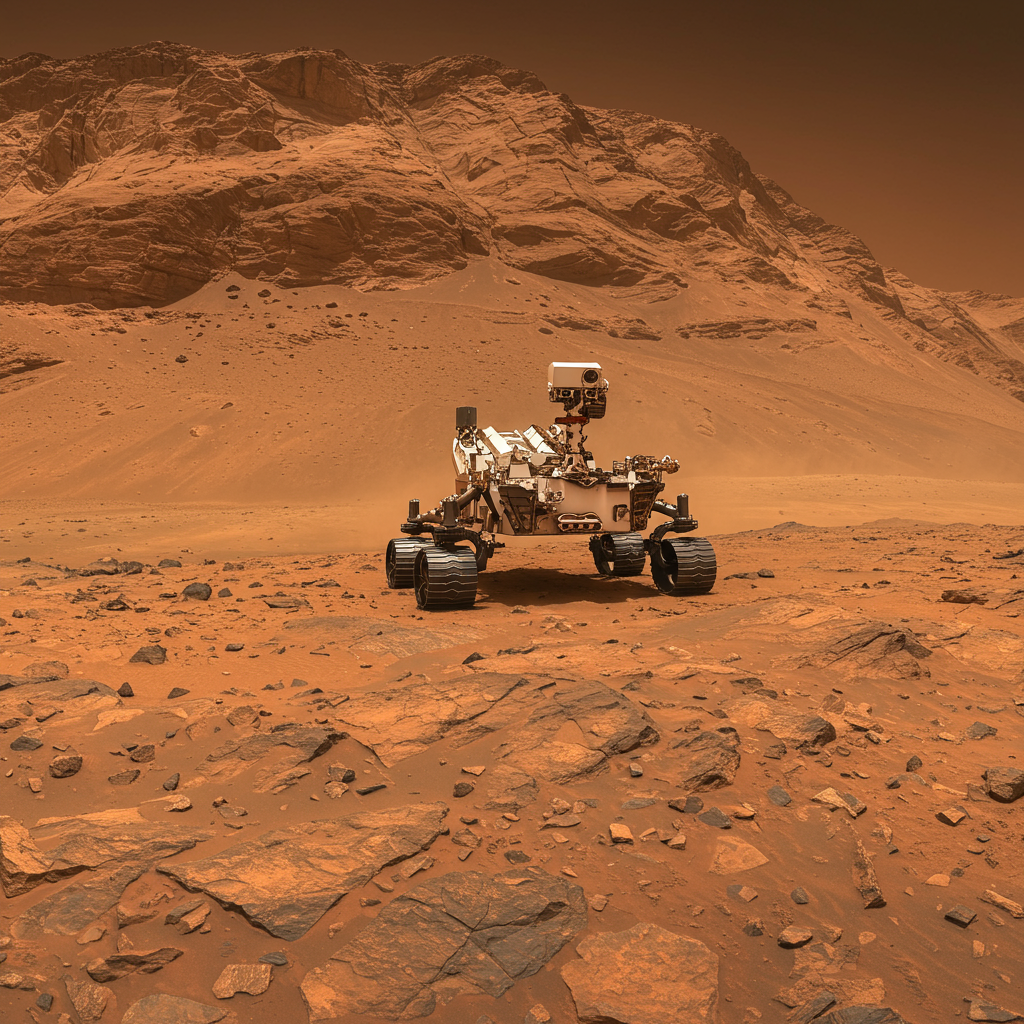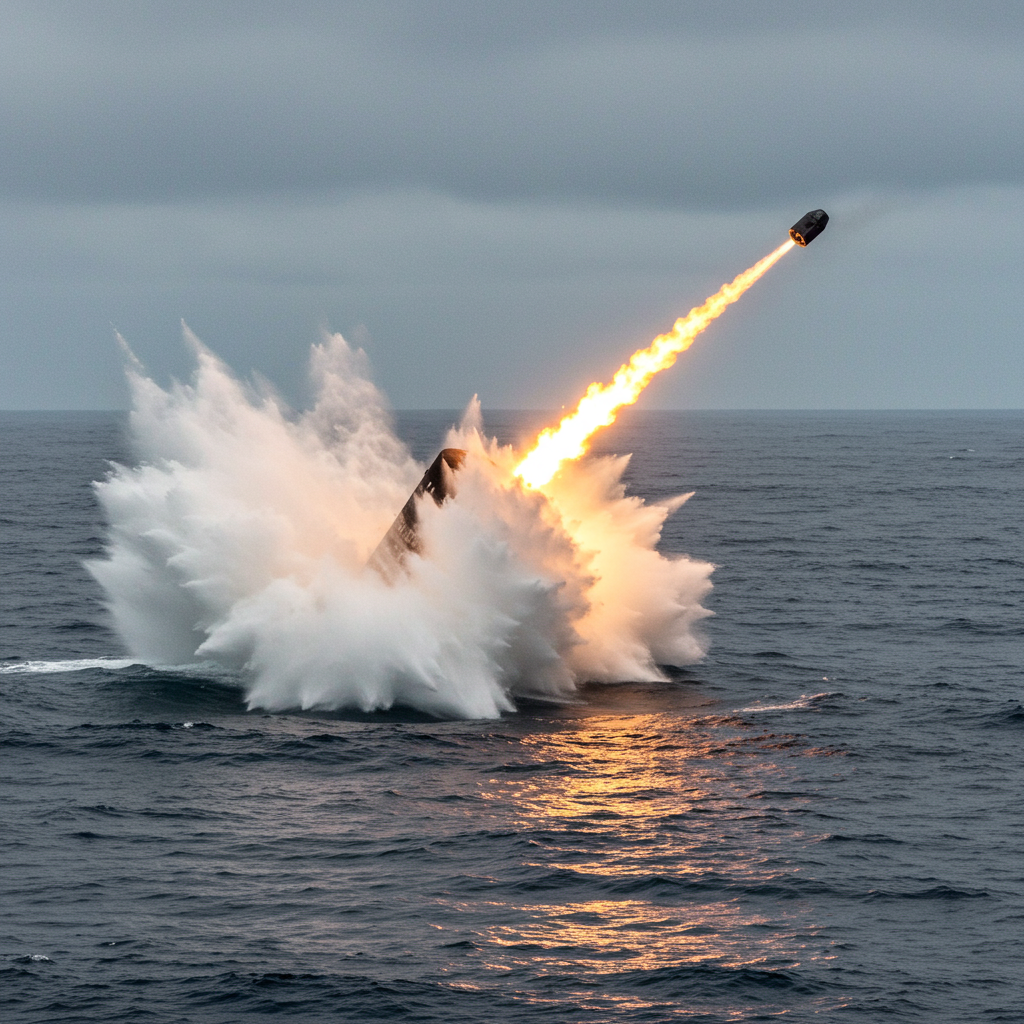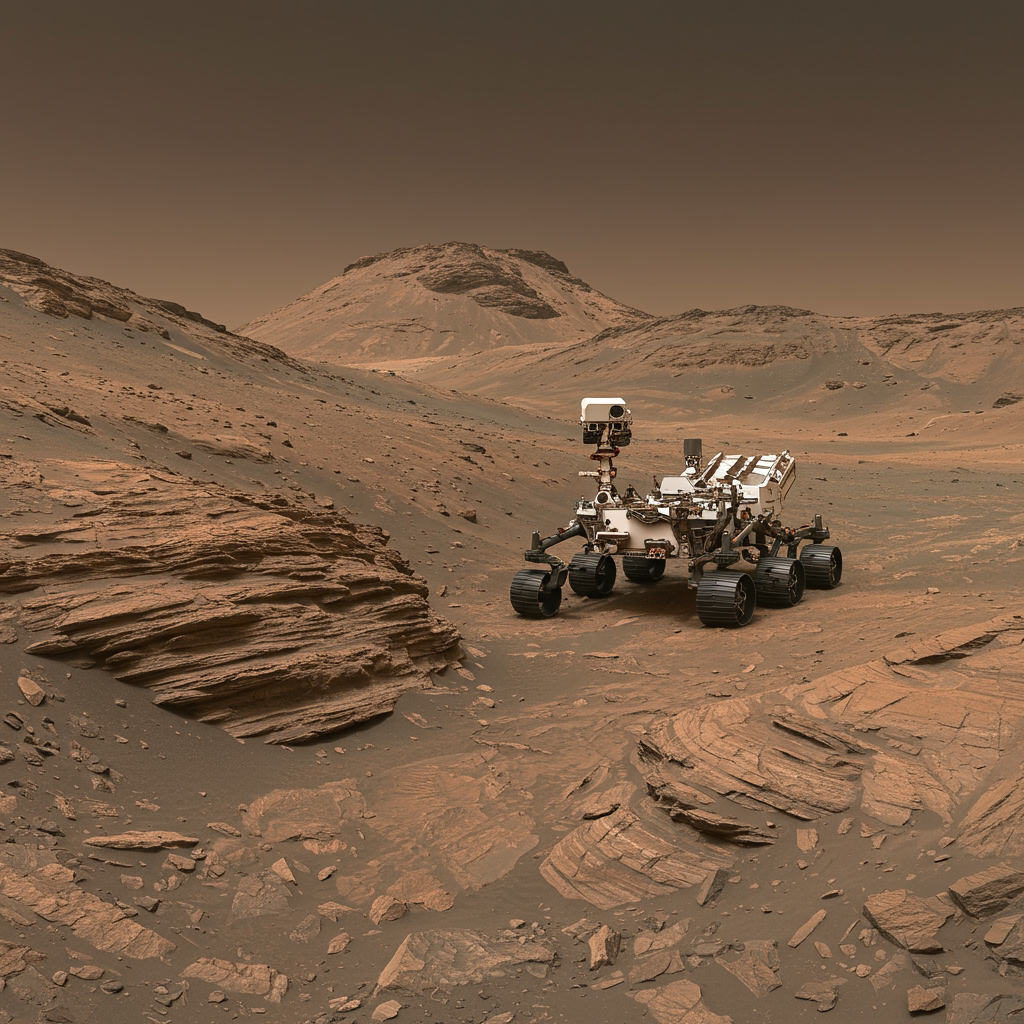NASA’s Curiosity rover continues its groundbreaking exploration of Mars, diligently climbing the foothills of Mount Sharp within Gale Crater. The mission’s primary goal is to unravel the Red Planet’s ancient environmental history and determine if conditions suitable for microbial life ever existed. The rover recently achieved a significant operational milestone, strategically positioning itself for critical scientific investigations, which are already adding new layers to our understanding of Martian geology and past habitability.
A Strategic Parking Spot on Martian Terrain
On Martian days (Sols) 4575 and 4576, the Curiosity team successfully executed a complex driving maneuver, guiding the rover to what they describe as one of the most stable and secure locations encountered during the entire mission. Securing this “perfect parking spot” with all six wheels firmly on stable ground is a non-trivial feat on Mars’ often unpredictable and rugged surface.
This advantageous position minimizes risk to the vehicle and provides a rare opportunity to plan an extensive suite of science operations safely. With the rover securely anchored, the team wasted no time deploying its sophisticated instruments.
Analyzing Ancient Water Clues in Bedrock
The stable base allowed for the safe deployment of Curiosity’s robotic arm to analyze a carefully selected, flat bedrock target named Tarija. This rock was chosen because it represents the typical geological context of the surrounding area and is notably associated with boxwork-like features. These lattice-like mineral patterns are compelling indicators of past water activity within the rock, hinting at fluids circulating through the area long ago.
Using the Alpha Particle X-Ray Spectrometer (APXS) and ChemCam instruments, the rover is performing detailed compositional analyses of Tarija. These measurements, supported by high-resolution images from the MAHLI camera and Mastcam, are crucial for understanding the mineral makeup of the rock and the processes that occurred after it was deposited. Studying these features provides vital clues about the ancient environment of Gale Crater.
Exploring Fracture Systems and Subsurface Clues
Beyond the immediate bedrock analysis, Curiosity is also conducting detailed imaging of the surrounding landscape to identify other significant geological features. Scientists are particularly interested in a set of linear ridges located north of the rover, which could point to past geological stress patterns or the movement of fluids beneath the surface – both central to reconstructing Mars’ environmental evolution.
The rover is also surveying a site called Laguna del Bayo, considered a promising candidate for fracture fill study. These are locations where mineral-rich fluids may have deposited material within cracks in the rock, often long after the host rock originally formed. Fracture fills act as valuable “windows” into the chemical environment of past epochs and offer potential insights into conditions that might have supported life. Additionally, ChemCam is revisiting the Mishe Mokwa outcrop to gather new imaging data, allowing researchers to refine interpretations by comparing datasets collected over time.
Curiosity’s Track Record: Uncovering Mars’ Wet Past
These ongoing investigations build upon Curiosity’s extensive record of discoveries that paint a compelling picture of a dramatically different Mars in the ancient past. While exploring Mount Sharp, the rover has found strong evidence suggesting the area was once home to not just streams and small ponds, but even large lakes at lower elevations. Discoveries of layered rock formations, for instance, are classic indicators of sedimentation in watery environments.
Perhaps one of Curiosity’s most unique and unexpected finds was the discovery of a field of pure, elemental yellow sulfur crystals. This finding was highly unusual – described by scientists as “like finding an oasis in the desert” – because previous detections of sulfur were within mineral compounds, not in its pure form. Elemental sulfur is odorless (unlike hydrogen sulfide gas) and its presence requires specific conditions not previously associated with this region. This discovery is highly relevant to the search for ancient life, as some microorganisms on Earth use sulfur compounds as an energy source. Pure sulfur hints at specialized environmental conditions, potentially involving hydrothermal systems, volcanic activity, or ancient lakes, strengthening the case for past habitability. The rover has since drilled nearby (Mammoth Lakes borehole 41) to collect samples and analyze if the sulfur is associated with other compounds that could shed further light on Mars’ chemical history and potential for life.
Each discovery, from ancient water indicators like boxwork and layered rocks to unexpected finds like pure sulfur, challenges previous assumptions and significantly expands our understanding of Mars’s potential for past habitability.
Looking Ahead: A Calculated Drive and Untargeted Science
With the current science tasks at the stable location nearing completion, the Curiosity team is preparing for the next phase: a calculated 54-meter (about 177 feet) drive to a new area. This move is planned with the same precision used to reach the current safe haven.
Upon successful arrival, the rover will transition into a phase of untargeted science. During this period, instruments like ChemCam will use autonomous targeting to select interesting surface features for analysis on its own. The Mars Descent Imager (MARDI) will also capture detailed images beneath the rover, providing valuable documentation of the terrain traversed.
Monitoring the Martian Environment
Simultaneously, Curiosity’s environmental sensors remain active, contributing to a long-term record of Martian conditions. Plans include Mastcam measurements to assess dust levels in the atmosphere, Navcam surveys for dust devils, and suprahorizon movies. Instruments like DAN (for subsurface hydrogen detection), REMS (weather monitoring), and RAD (radiation measurements) continue their operations, providing crucial context for the geological findings and helping scientists understand the modern Martian environment.
From analyzing ancient bedrock for signs of past water to discovering unique minerals and capturing historic images that connect us to the Red Planet, Curiosity’s ongoing mission continues to unlock the secrets of Mars, piece by piece. Its latest activities at this strategic new location promise to yield even more insights into the dynamic history and potential for life on our neighboring world.




